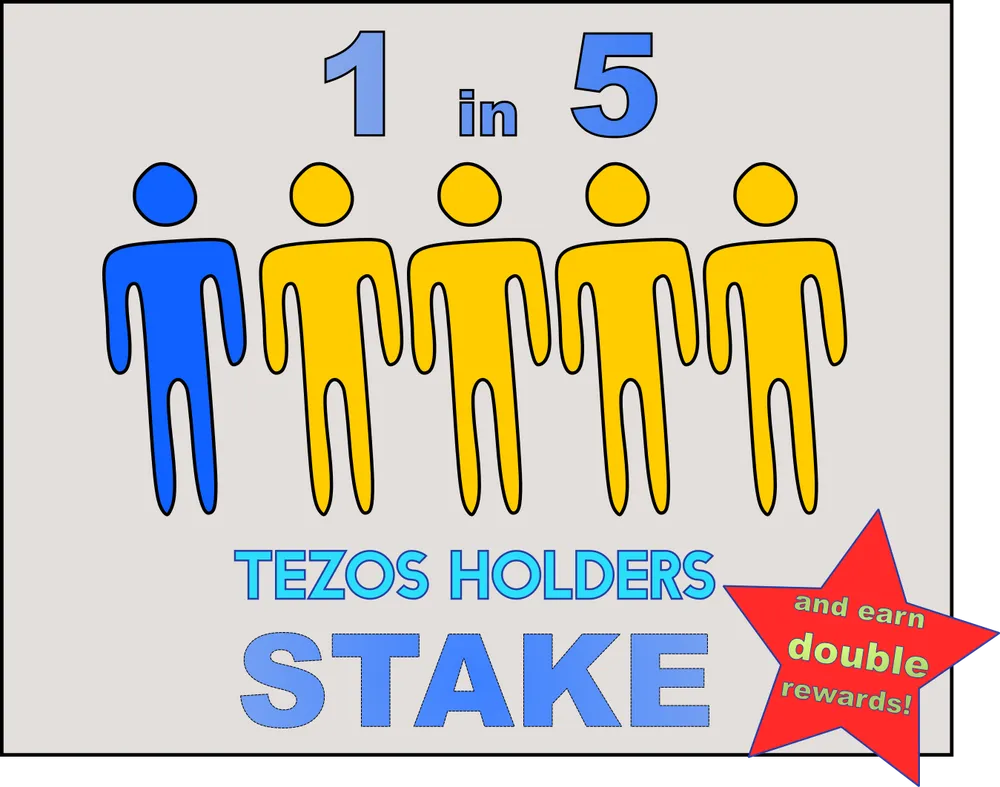Advantages & Risks
In the evolving landscape of cryptocurrency, staking has emerged as a popular alternative to the energy-intensive proof-of-work mining. But what exactly is crypto staking, and what should potential investors know before jumping in? Let's dive deep into this increasingly important aspect of the crypto ecosystem.
What is Crypto Staking?
Crypto staking is a process where cryptocurrency holders actively participate in network validation by "locking up" their tokens to help secure the blockchain and verify transactions. In return, participants earn rewards in the form of additional cryptocurrency tokens. Think of it as earning interest on a savings account, but for the digital age.
How Does Staking Work?
Staking operates within what's known as a Proof of Stake (PoS) consensus mechanism. Unlike Bitcoin's energy-intensive Proof of Work system, PoS selects validators based on the amount of cryptocurrency they've staked. The more tokens staked, the higher the chance of being chosen to validate blocks and earn rewards.
Pioneer of Proof of Stake: Tezos
While Ethereum's transition to PoS has garnered significant attention, it's worth noting that Tezos was actually one of the original pioneers of PoS technology. In fact, Tezos released their white paper several months before Ethereum, establishing themselves as an early innovator in the space.
Tezos Staking
Tezos recently implemented a significant upgrade to their staking mechanism, splitting their delegated staking into two distinct categories:
1. Staked Funds
- Begin earning rewards immediately
- Require approximately 10 days for the unstaking period
- Offers more immediate benefits but with reduced flexibility
2. Delegated Funds
- Take about 6 days to start earning rewards
- Provide more flexibility but with a delayed start to earnings
The Complexity of Ethereum Staking
While Ethereum has moved to Proof of Stake, its staking system presents several challenges for average users:
The 32 ETH Requirement
- Running a validator node requires 32 ETH (approximately $93,500 at prices in November 2024)
- This high threshold makes direct staking impossible for most individuals
Liquid Staking Derivatives (LSDs)
- To address the high entry barrier, Ethereum relies heavily on liquid staking solutions
- Users receive derivative tokens (like stETH or rETH) as IOUs for their staked ETH
- These derivative tokens add complexity and risk:
- Their value can deviate from actual ETH
- They introduce smart contract risks
- They may have limited liquidity
- They create taxable events in many jurisdictions
Withdrawal Complications
- Even with liquid staking, underlying ETH remains locked
- Withdrawal queues can be lengthy
- Network congestion can affect withdrawal timing
Advantages of Crypto Staking on Tezos
Passive Income Generation
- Earn regular rewards without the need for expensive mining equipment
- Annual returns can range from 4% to 20% or more, depending on the whether you stake using a centralised exchange, delegate from your own Tezos wallet, delegate AND stake most of your tez from your Tezos wallet or run your own Baker
- If you delegate & stake with a baker like mine: Money every 3 days, you can expect to earn about 13.2% p.a. at the time of writing (November 2024)
Energy Efficiency
- Significantly more environmentally friendly than proof-of-work mining
- Requires minimal computing power
Network Security Contribution
- Help secure the blockchain network
- Participate in governance decisions for some protocols
Lower Barrier to Entry
- No need for specialised IT knowledge
- Can often start with relatively small amounts
Risks and Considerations
Market Volatility
- The value of staked assets can fluctuate dramatically
- Potential for losses despite earning staking rewards
Lockup Periods
- Funds are typically locked for specific periods
- Cannot quickly respond to market movements
- Different protocols have varying lockup requirements (e.g., Tezos's 10-day unstaking period)
Technical Risks
- Potential for slashing penalties if validator nodes misbehave or accidentally run the software multiple times
- Network technical issues leading to reduced rewards
Regulatory Uncertainty
- Evolving regulatory landscape
- Potential tax accounting burden in some jurisdictions
How to Get Started with Tezos Staking
- Choose a self-custody wallet like Kukai Wallet.
- Download a dedicated Tezos wallet like Umami Wallet.
- Ensure you properly backup your seed phrase (in multiple locations if possible)
- Never share your seed phrase or store it online (it contains your private keys)
Select a Baker (Validator)
- Research reliable Tezos bakers at TzKT.io/bakers
- Compare reward rates and fees
- Check baker's history and reputation (check that they have voted on past proposals!)
Delegate Your Tezos
- Transfer your Tezos to your wallet
- Select your preferred staking method (staked or delegated)
- Follow the delegation process in your wallet
Best Practices for Safe Staking
Do Your Research
- Thoroughly investigate bakers
- Understand the risks involved
- Read user reviews and community feedback (search Reddit and Twitter for the baker's name)
Start Small
- Begin with a smaller amount to learn the process
- Gradually increase stakes as you gain confidence
Security First
- Use hardware wallets when possible
- Never share seed phrases
- Keep software and firmware on Ledger up to date
Monitor Your Stakes
- Regularly check performance
- Stay informed about protocol changes
- Keep track of reward distributions - goto TzKT.io, paste in your tezos address and click 'Rewards'
Conclusion
Crypto staking represents a significant evolution in blockchain technology, offering a more energy-efficient alternative to traditional mining while providing opportunities for passive income generation. While several platforms offer staking options, Tezos stands out with its pioneer status and user-friendly approach to staking. Its recent implementation of dual staking options provides flexibility while maintaining security and reliability.
Remember: While staking can be a rewarding way to participate in cryptocurrency networks, it's essential to conduct thorough research and consider your risk tolerance before committing your assets. The simplicity and accessibility of Tezos staking make it an attractive option for those looking to enter the world of crypto staking.
 Leo Treasure
Leo Treasure
